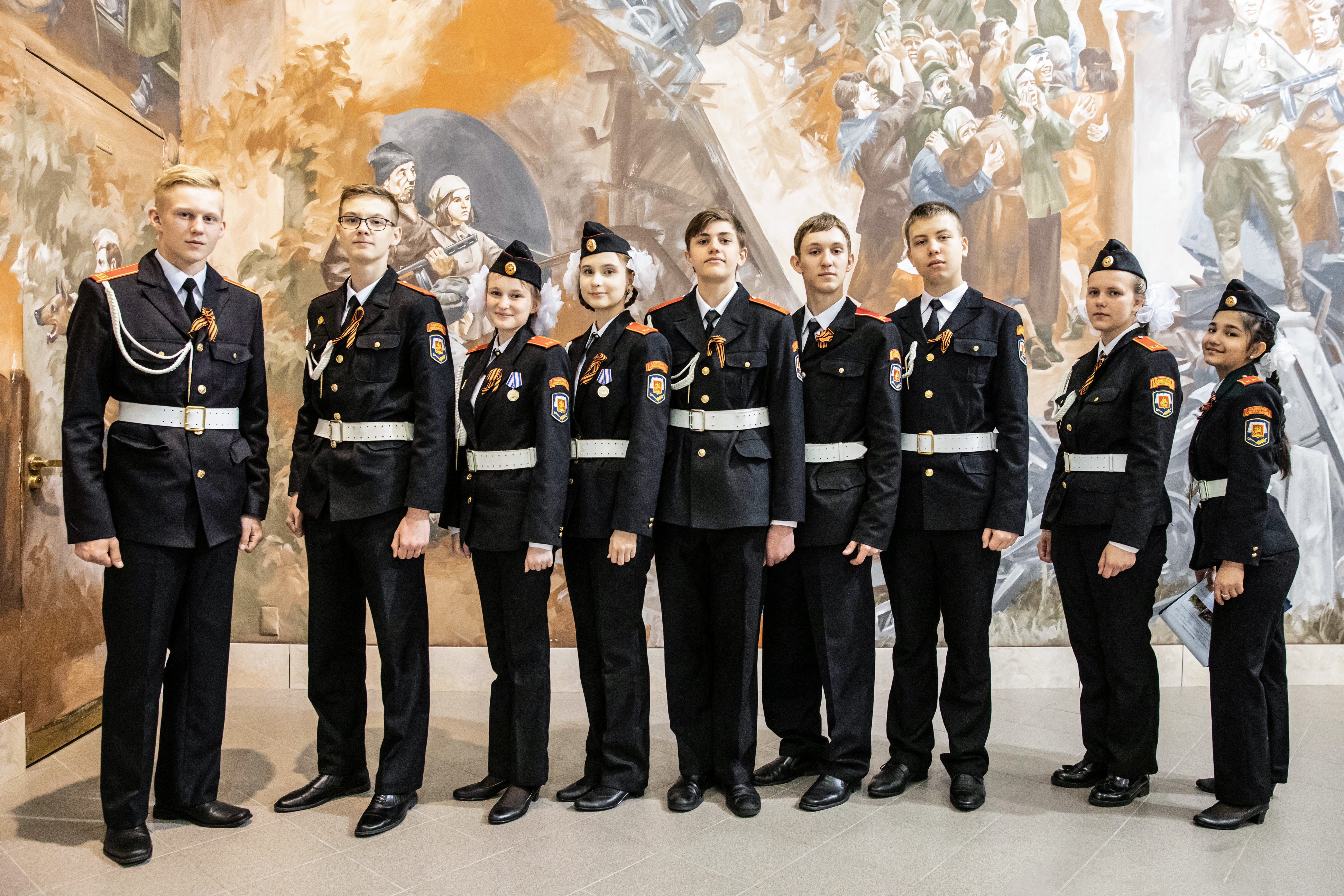
Harry Potter and the glacier ghosts
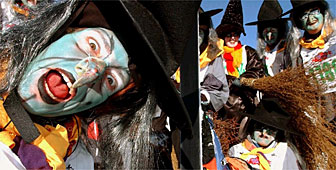
Sergius Golowin is an ageing hippie and one of Switzerland's last great storytellers. His latest book takes readers on a journey through the magical and supernatural world of the Alps.
It was a revelation talking to Sergius Golowin, the author of the book, “Sagenland Schweiz” (Switzerland: Land of Legends).
I met him at his villa outside Bern on a clear winter morning. When I arrived the Bernese Alps appeared like a jagged fortress wall in the distance, before the odd collection of talismans guarding Golowin’s doorway caught my eye.
I have spent the last couple years journeying to the four corners of Switzerland to get to know the country and find out what makes its people tick. I hoped Golowin would help me to understand why so many alpine villagers still cling to age-old customs based on a belief in the supernatural.
Like being at sea
“There are unbelievably powerful elements in the mountains,” explains Golowin, as we start our conversation. “It’s like being at sea … it’s the weather … it’s the Föhn [warm southerly wind]. Everything is full of natural powers that even today we have difficulty understanding. Our ancestors believed everything was alive.”
With his long grey hair and white goatee, the elderly storyteller could have easily been cast for a leading role in “Lord of the Rings”.
The magic, he says, is still present in the mountains, despite man’s attempt to conquer them with roads, railways and cable cars.
The legends and myths in Sagenland Schweiz are a collection of stories Golowin has written down based on decades of research and conversations with alpine villagers. He says the oral tradition is still alive in the Alps.
Icy hell
The story of the “Giants of the Aletsch Glacier’s icy hell” tells how the people living close to the ice mass believed that the last waters of the biblical flood froze to form what is the longest glacier in the Alps, entombing all evil with it and allowing the people of the Aletsch region to live in peace.
When the glacier retreated, the evil spirits were freed, only to be locked up again during advances. The people of the region still talk about the “ghost hour” when the spirits break free to spread terror.
“People needed the traditions and if they hadn’t believed in the spirits they wouldn’t have had the strength to survive among the natural elements,” Golowin explains.
“They had to live in an environment shaped by avalanches and storms. The people had to befriend the elements or were forced to settle elsewhere.”
The book is lovingly illustrated and contains photographs of everyday objects which illuminate the strong belief the Swiss once had in the supernatural.
Spinning wheels and yarns
Guardian angels were painted on beds to ward off ghosts while people slept. Wooden cradles were made watertight in order to save infants from drowning if otherworldly powers summoned flash floods to sweep houses from their foundations. Grotesque masks and bell ringing drove out evil spirits, and spinning wheels recall times when women spun their wool and ancient yarns.
Many of the objects can be admired at village museums dotted across the country, and pagan rituals can still be observed in many places, particularly during long winter nights, when the spirits are said to reawaken.
Villagers dress up in frightening costumes – often made from natural materials – and parade through the streets, ringing bells to chase away evil. Figures made of straw are burned.
“There are still people who believe in the stories in the book, but they aren’t just stories,” says Golowin. “They were told to me by people who believed that the events described actually took place or they were at least convinced that the central elements were true.”
One of the leading members of Switzerland’s hippie movement in the 1960s and 70s, Golowin says people today are increasingly rejecting the western world’s dependence on science and turning to the metaphysical powers existing on earth, which have always had their place in oriental beliefs.
“Harry Potter and the Lord of the Rings are popular because young people are rediscovering old customs. They are beloved,” he says. “The hippies found that what the Africans and Asians believed wasn’t just nonsense.”
Nor the legends and myths preserved by alpine villagers.
Frankenstein and Dracula
Golowin is convinced that it was these ancient mountain tales that inspired 19th century poets like Byron, Shelley and Shelley’s wife, Mary.
“The story of Frankenstein and Gentlemen Vampires, which inspired Dracula, are legends from Switzerland, not Transylvania,” he adds.
“Sir Arthur Conan Doyle believed in elves and wrote books about them. He created Sherlock Holmes as the epitome of good and Doctor Moriarity as evil. They kill each other in the Alps. But the story is really about their disappearance because good and evil are locked in an eternal struggle.”
Golowin admits the cinema is today’s most powerful storyteller, but dismisses its importance.
He says parents tell tales of fantasy to their children and it is only when a book proves successful that a film follows, which has been clearly demonstrated by the popularity of the Harry Potter novels.
Without the passing down of age-old European legends, Hollywood would lack the raw material for popular fantasy films, he adds.
“Disneyland is a product of our legends. The stories told by Disney are not American even though they have been Americanised by Disney.”
And the presence of the supernatural in the Swiss Alps can still be felt.
Nature is alive
“In spring, summer, autumn and winter there is always the impression that nature breathes, that it’s alive. If we ever forget that, we won’t be able to live on the earth anymore. Nature will survive, somehow.”
“People are beginning to believe again in old myths and legends that have a grain of truth,” Golowin concludes.
“At least when the mood is right. Probably not during the day, but after dark, when people often fall into a world of fantasy.”
by Dale Bechtel
“Sagenland Schweiz” published by Mondo Verlag AG, 1800 Vevey, Switzerland

In compliance with the JTI standards
More: SWI swissinfo.ch certified by the Journalism Trust Initiative
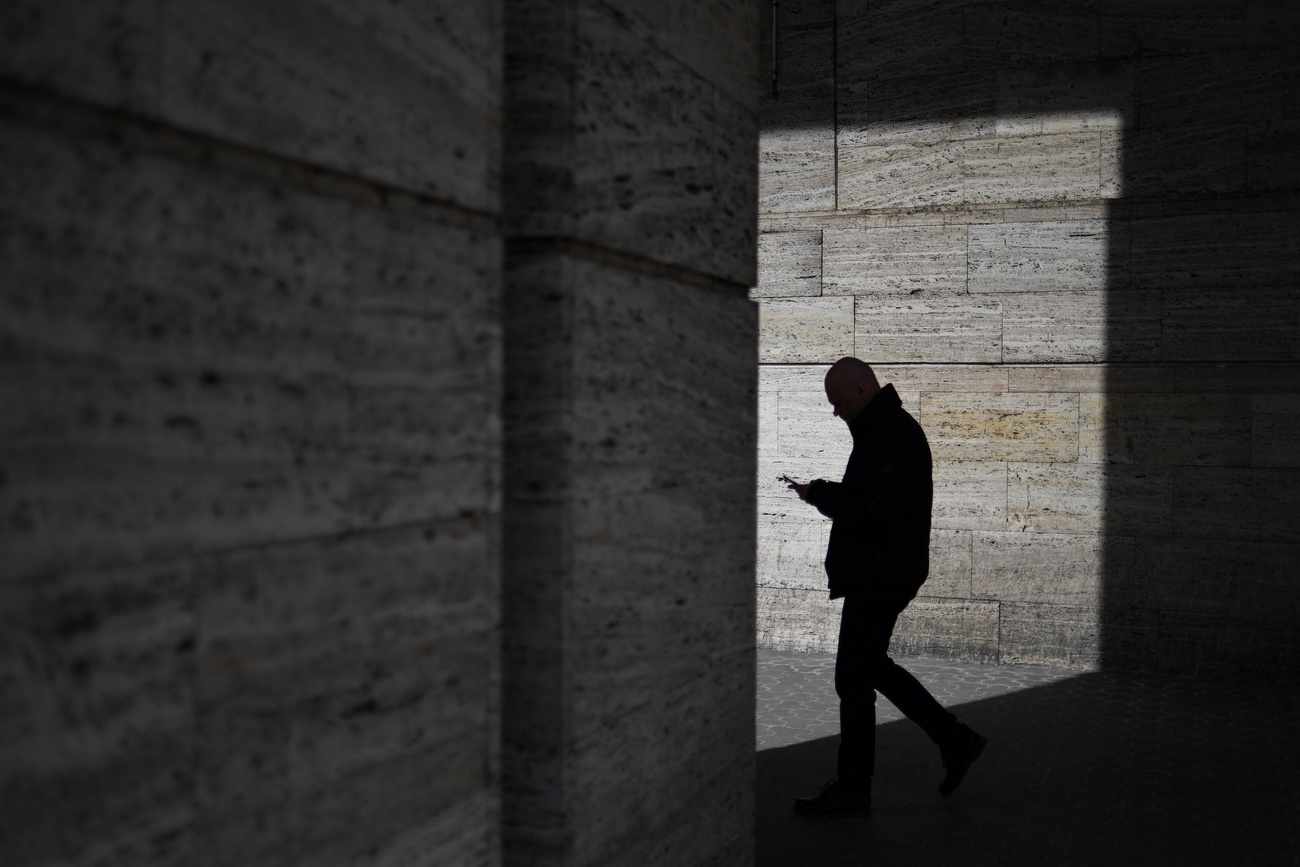







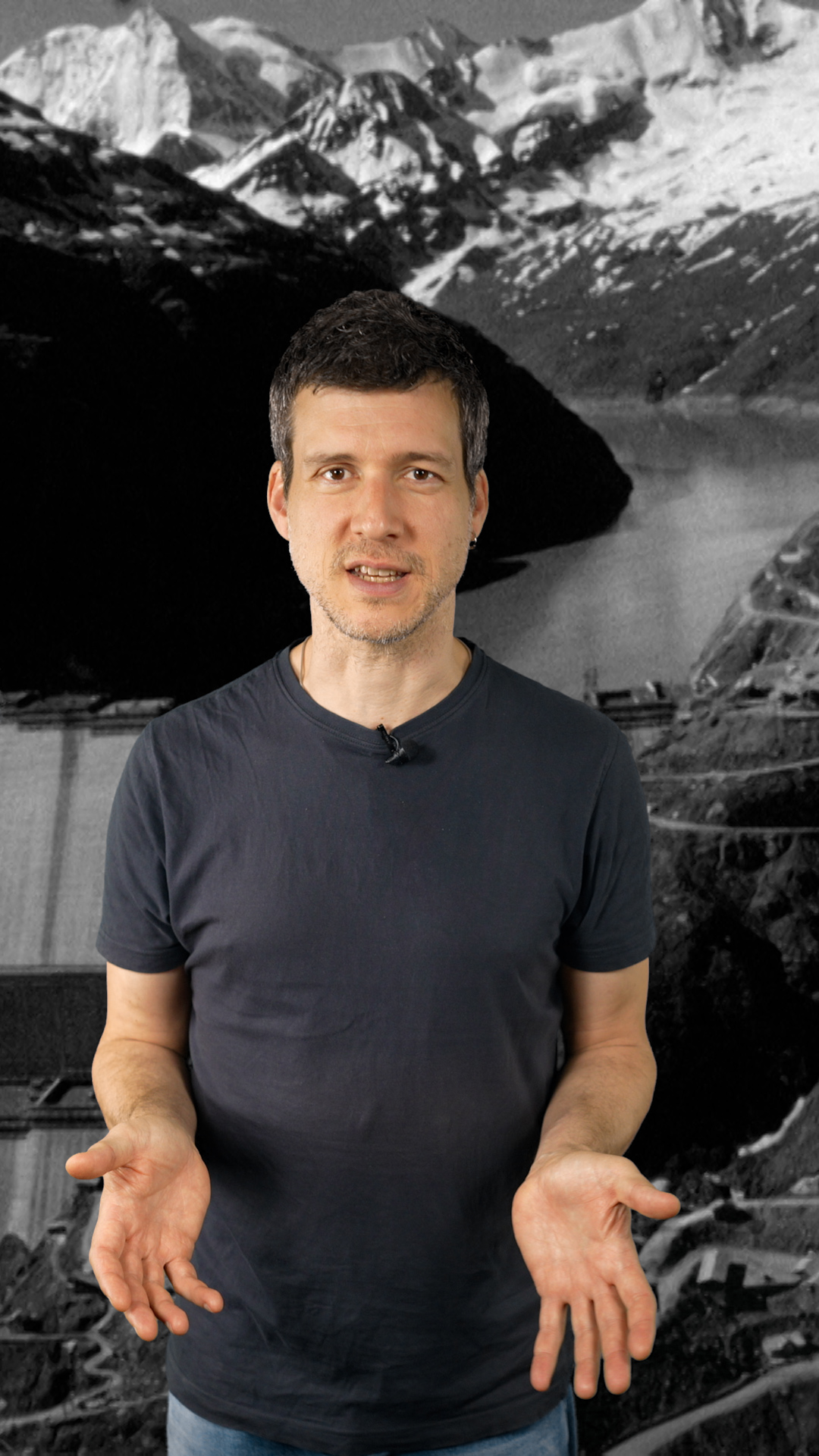




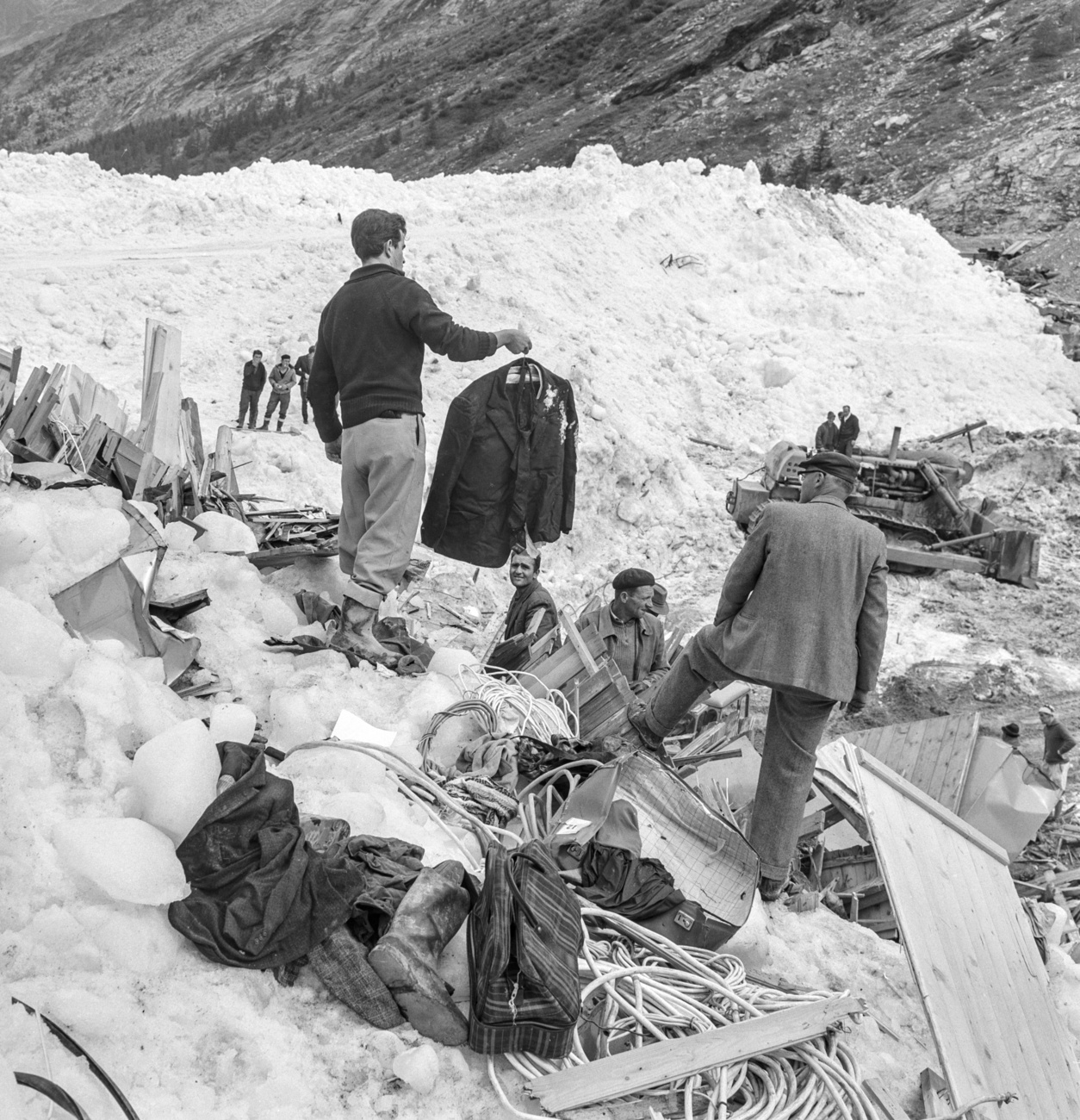


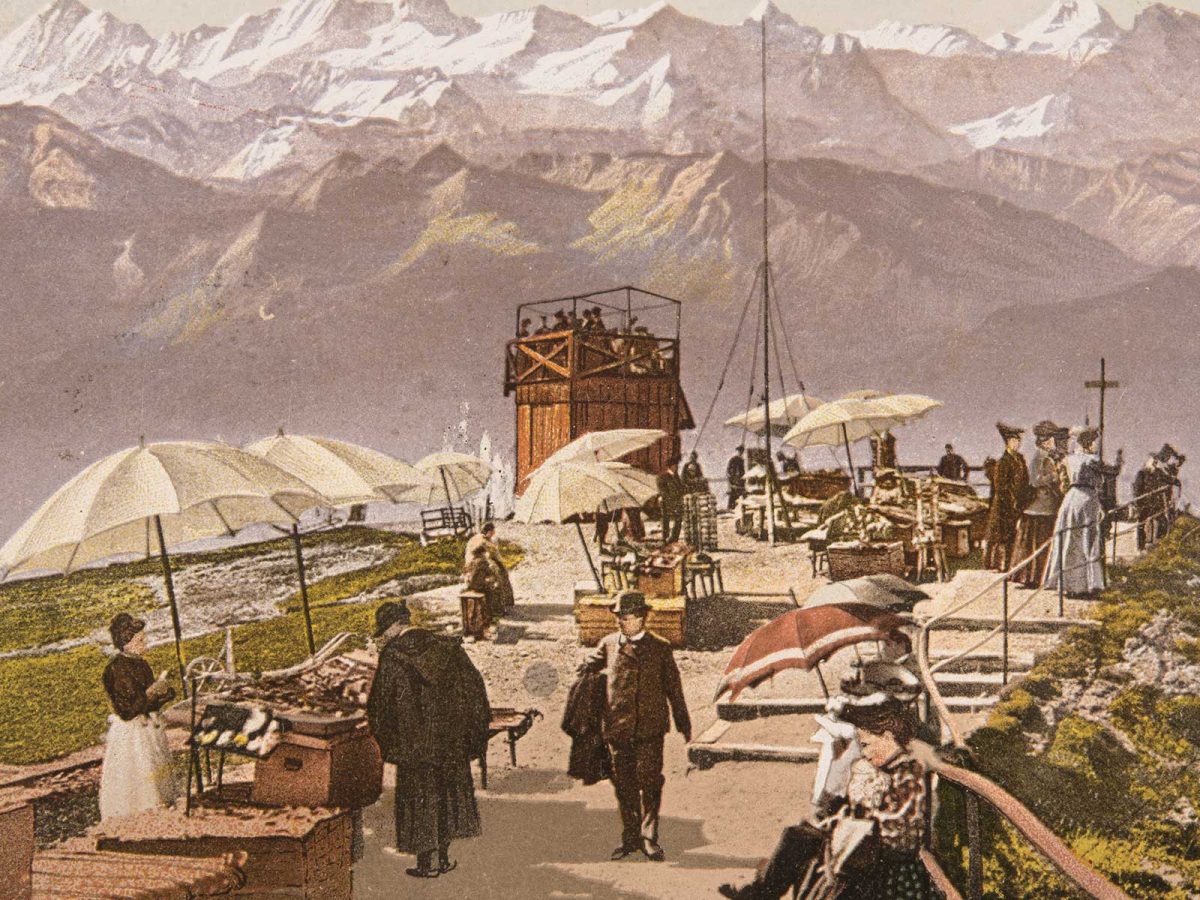








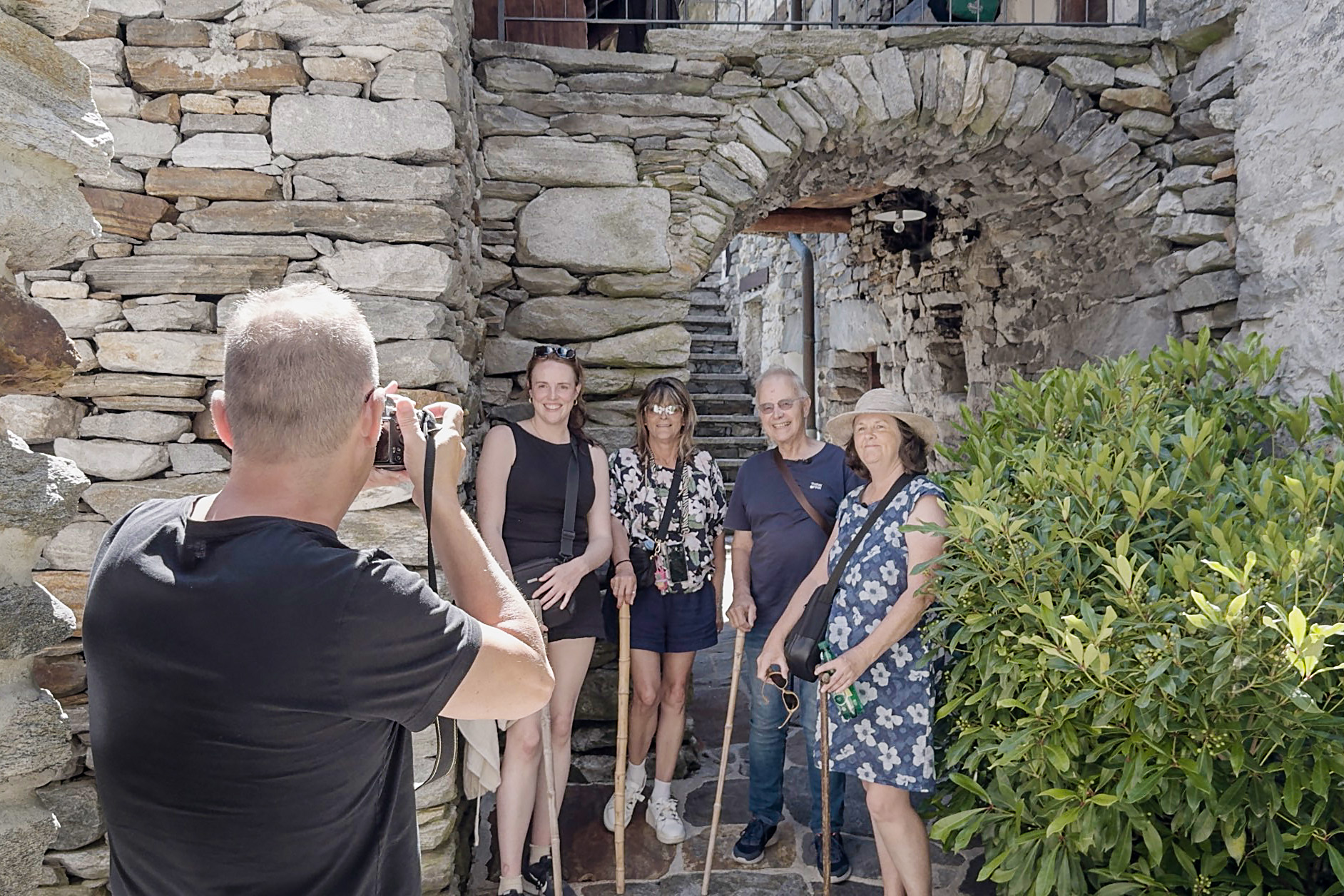







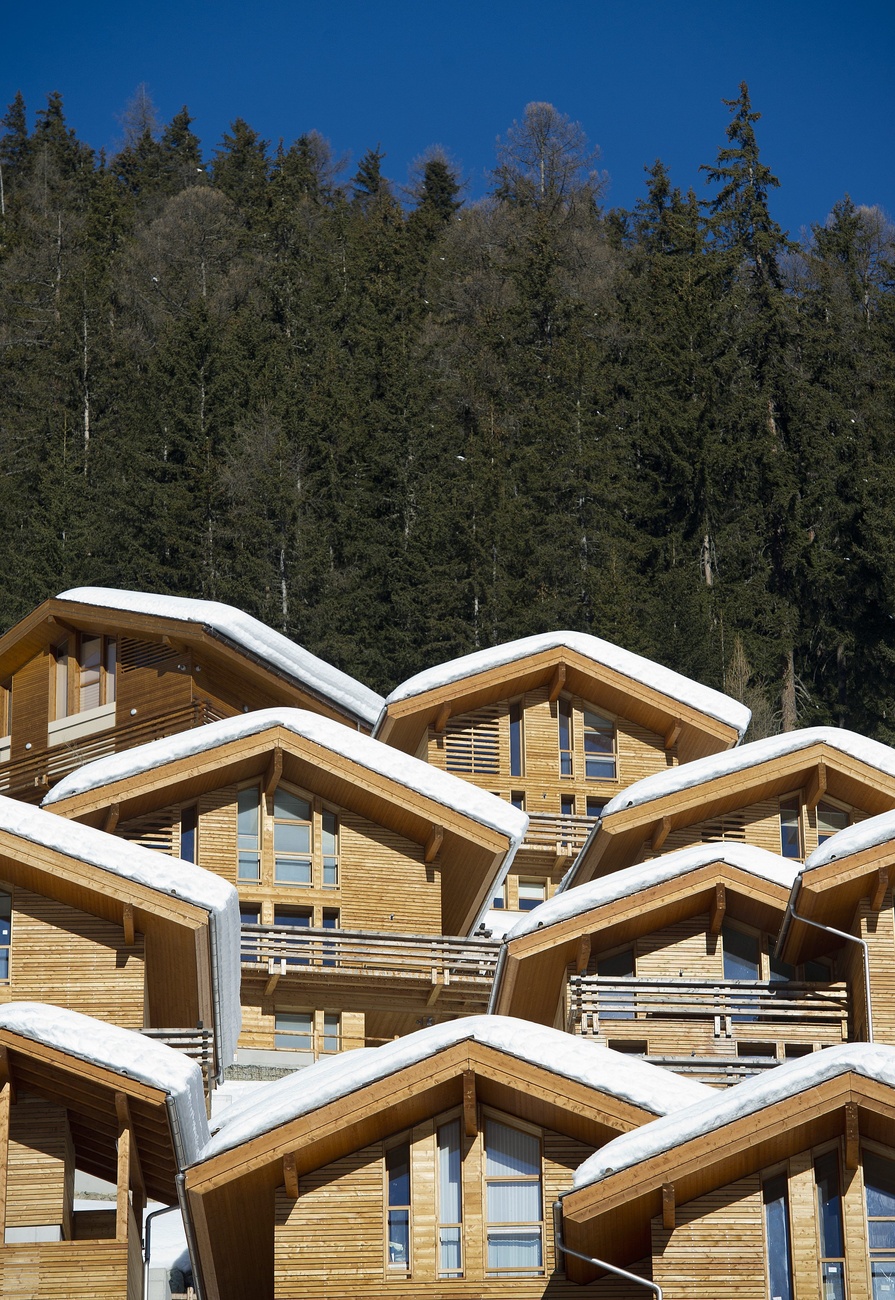


You can find an overview of ongoing debates with our journalists here . Please join us!
If you want to start a conversation about a topic raised in this article or want to report factual errors, email us at english@swissinfo.ch.